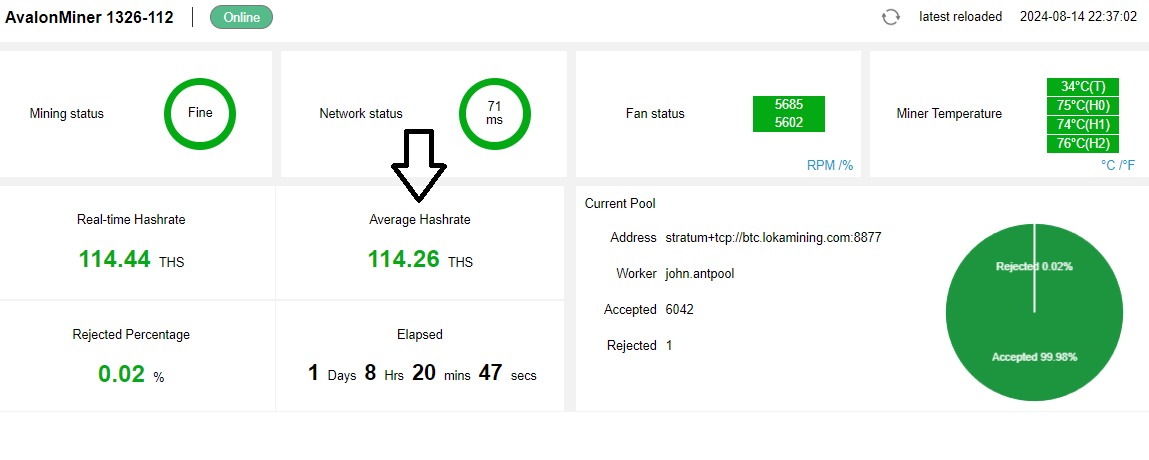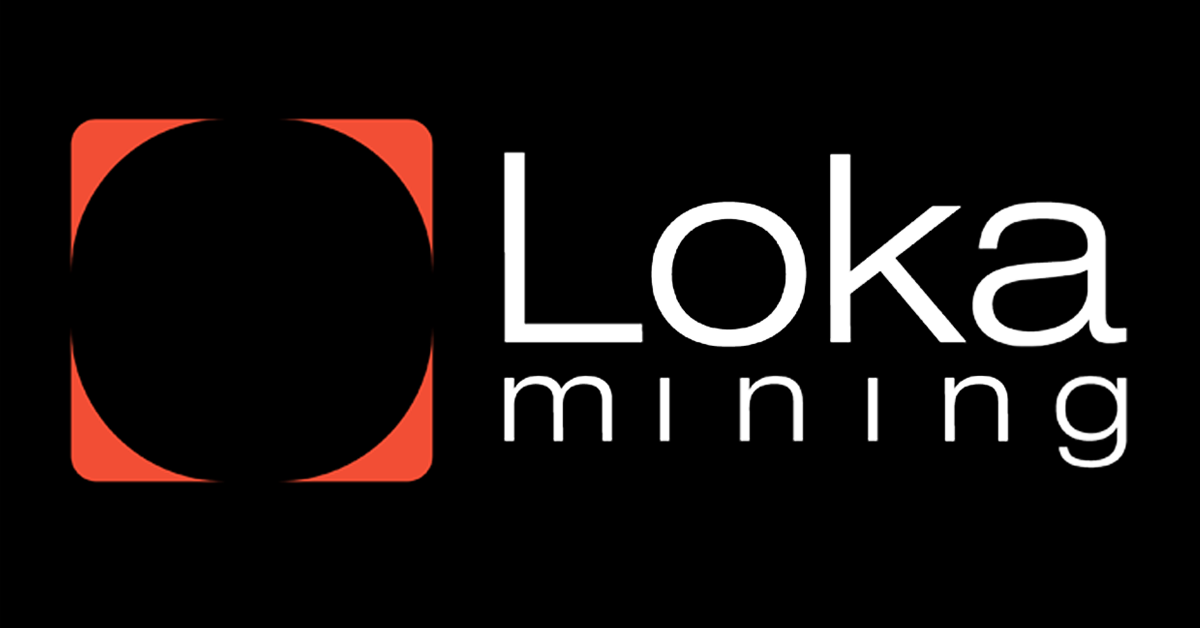Why Does the Hashrate Displayed in the Mining Pool (Actual) Appear Lower than the Hashrate Reported by the Mining Machine?

To understand this issue, let's first distinguish between actual hashrate and reported hashrate.
Actual hashrate refers to the hashrate displayed in the mining pool, which is calculated based on the valid shares your mining machine submits. This value can fluctuate above or below the reported hashrate, depending on factors such as late shares, invalid shares, changes in hash difficulty, and the pool's luck. Over time, the number of shares your worker submits and the pool accepts may vary.
Reported hashrate / local hashrate is the hashrate shown on the mining machine’s backend, calculated by the mining software. This reported rate reflects the equipment’s hash power sent to the pool and is mainly used to compare with the actual hashrate displayed by the pool. Typically, the reported hashrate is an approximation, which means there is often a slight discrepancy when compared to the actual hashrate. This value is shown only by your worker’s software. If the real-time hashrate appears low, it’s advisable to compare the actual and reported hashrates after the mining hardware has been running for at least 24 hours.


The hashrate shown in the mining pool may be lower than the reported hashrate for several reasons, including:
Different Calculation Methods Between the Mining Machine and the Mining Pool
The local hashrate of a miner reflects the average hashrate over its operational period (typically a few days), whereas the mining pool’s daily hashrate statistics represent the average hashrate over the past 24 hours. If a mining machine hasn’t been running for a full 24 hours, its local hashrate is usually higher than what’s shown by the pool.Additionally, the real-time hashrate in the mining pool is calculated based on the average hashrate of the last 10-15 minutes, while the mining machine might refresh its hashrate display every 5 seconds. This difference can lead to discrepancies between the hashrate data shown by mining pools and mining machines. Normally, these differences are minimal, but significant fluctuations due to machine issues or external factors can cause larger discrepancies.
Outdated Firmware Version:
Using an outdated firmware version may lead to incompatibility between the mining machine and the pool, resulting in a lower hashrate. To prevent this, it’s recommended to download the latest firmware from the manufacturer’s official website or reach out to customer support for assistance.
Rejection Rate and Hardware Settings
If there’s a significant gap between the local hashrate and the pool’s displayed hashrate, you should check both the rejection rate and hardware settings.
- A high rejection rate is often caused by network issues, leading to lower submission of hashrate from your local miners to the pool. Investigate routers, switches, network cables, and interfaces to identify the problem.Note: If your mining machine's configuration and network connection are normal but the rejection rate remains high, please submit a support ticket.
- If the rejection rate is normal, check the miner’s hardware. If it’s overclocked, try restarting the miner, replacing the hashrate board, or reducing the frequency to resolve the issue.
- Power off and restart your miners
Network Latency
Network latency can cause a small percentage of hashrate loss due to submission failures from the miner to the pool. This is relatively common but generally doesn’t have a significant impact on the overall hashrate of the mining machine.
The pool might not display the hashrate while the miner is running for the following reasons:
- The miner hasn’t had enough time to send data to the pool. The hashrate should be displayed within 10–15 minutes.
- Incorrect settings, such as mismatched worker names between the mining software and the miner, errors in the pool URL, or other data issues.
- If the miner is idle, it’s often due to a power outage, causing the miners to lose their connection after restarting. Rebooting the miner may help.
- An unstable internet connection can cause the miner to disconnect from the pool.
- To identify internet connection problems, test the network’s ping and connection speed.
This article presented by Loka Mining.
Loka is revolutionizing the Bitcoin mining ecosystem by directly connecting investors with Bitcoin miners through a decentralized mining pool and an upcoming permissionless forward hashrate marketplace protocol.
Loka enables investors to get Bitcoin at lower than market price without centralized & counter-party risks, and Bitcoin miners to access capital efficient financing and hedge their risk exposure by selling their future mining rewards.
Find out more about loka in https://lokamining.com — or access our mining pool aggregator on https://pool.lokamining.com





